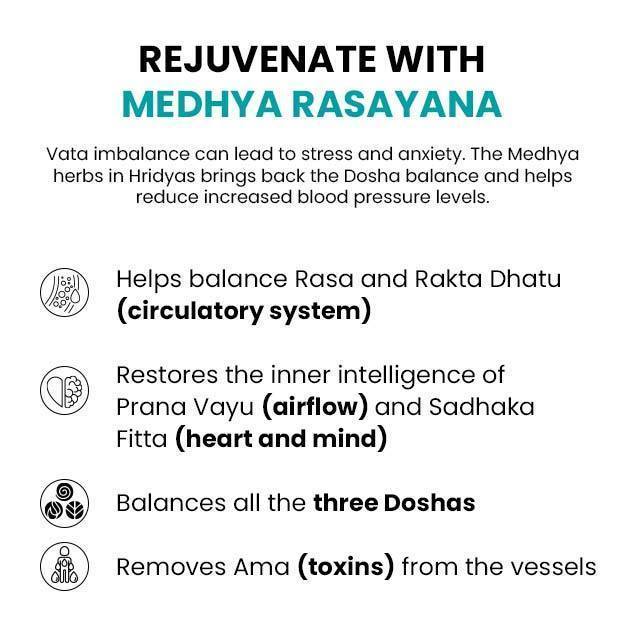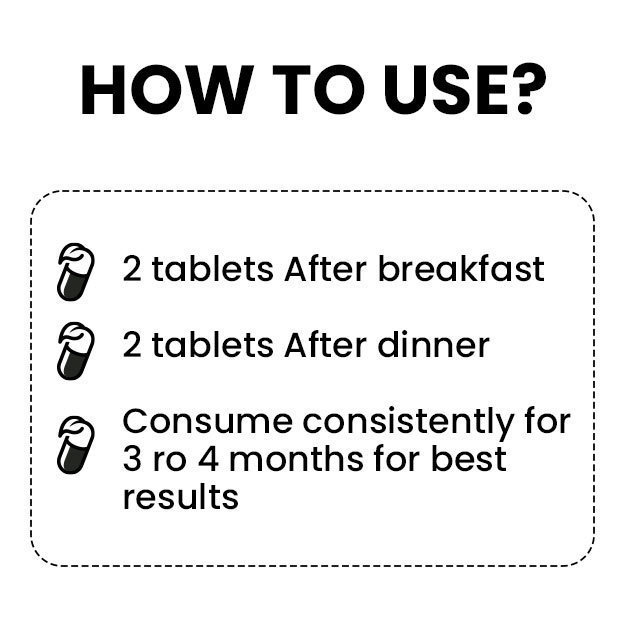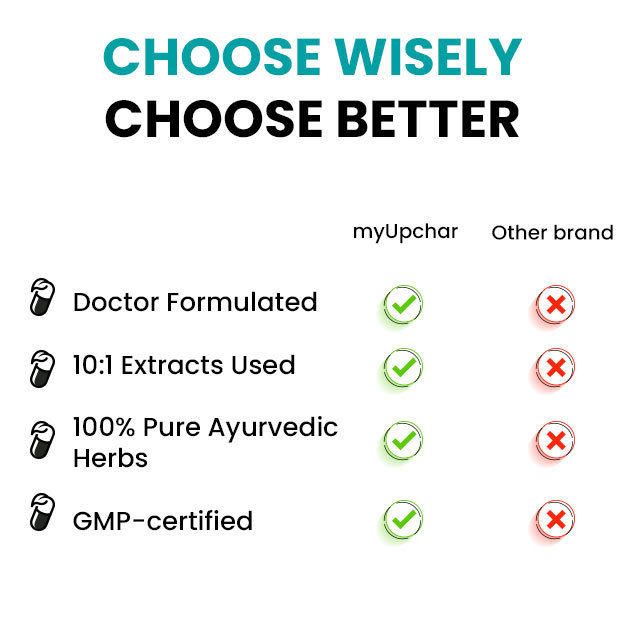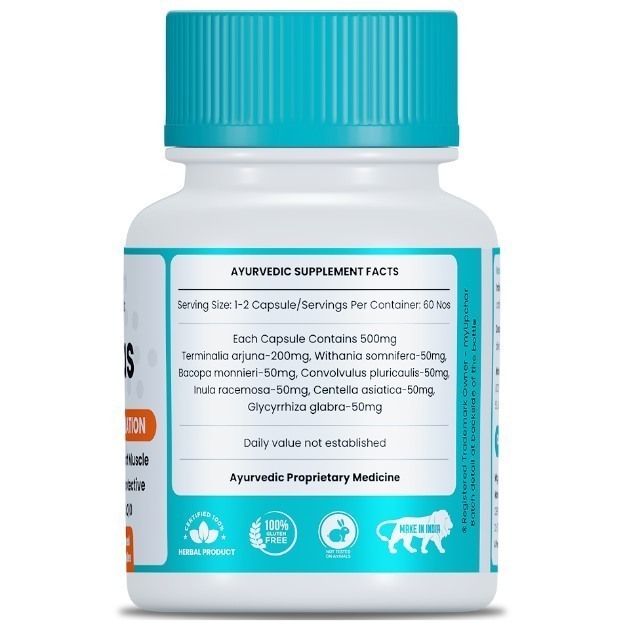Recovering after major surgery requires adequate rest and lifestyle changes such as reduced stress, healthy diet and an appropriate level of physical exercises to prevent future heart problems.
Please click on this link to know better tips about heart diseases.
Heart disease remains the leading cause of deaths globally. In India, heart disease accounted for 15% of all deaths in the year 1990. This figure rose to 28% of all deaths in the country by 2016, according to a study published in the health journal The Lancet.
According to a recent survey, 64% or two-thirds of Indians do not exercise at all. A survey by the World Health Organization (WHO) also indicated that almost half of India’s women do not get the requisite amount of exercise to stay healthy.
Many heart diseases have been linked with inactivity and lack of exercise, making it all the more important to look after oneself after suffering a cardiac episode.
(Read More - Myocarditis treatment)






















